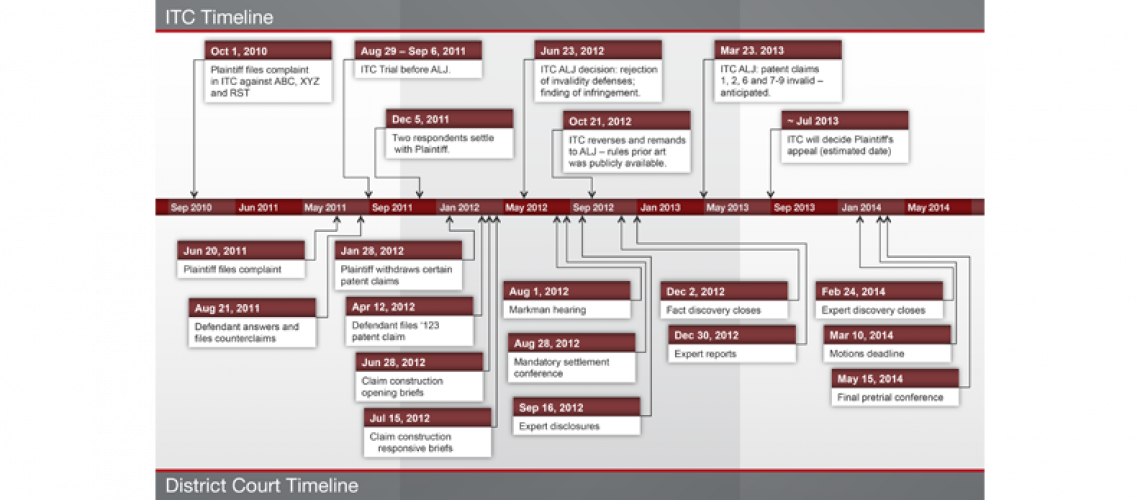 Over the last 10 years, there’s been a significant shift in the way mediations are conducted. When I first started in the field, mediation briefs would come in via fax the night before the mediation. The mediator would begin the case with a joint conference where each side would make an opening statement, similar to trial, and after these openings the mediator would often have to spend the rest of the afternoon defusing the tension created by a joint conference.
Over the last 10 years, there’s been a significant shift in the way mediations are conducted. When I first started in the field, mediation briefs would come in via fax the night before the mediation. The mediator would begin the case with a joint conference where each side would make an opening statement, similar to trial, and after these openings the mediator would often have to spend the rest of the afternoon defusing the tension created by a joint conference.
There are two important aspects of developing presentations for mediation: (1) Communicate with the mediator before the mediation; and (2) develop a presentation that will inform but not inflame the opposing party. Remember that mediation is voluntary, and the goal is not to make the other side walk out. The goal is to get the case settled in the best way for your client.
In this blog post, I’ll cover several strategies to best present your case at mediation, including dos and don’ts for using graphics and technology to enhance your results. (more…)


